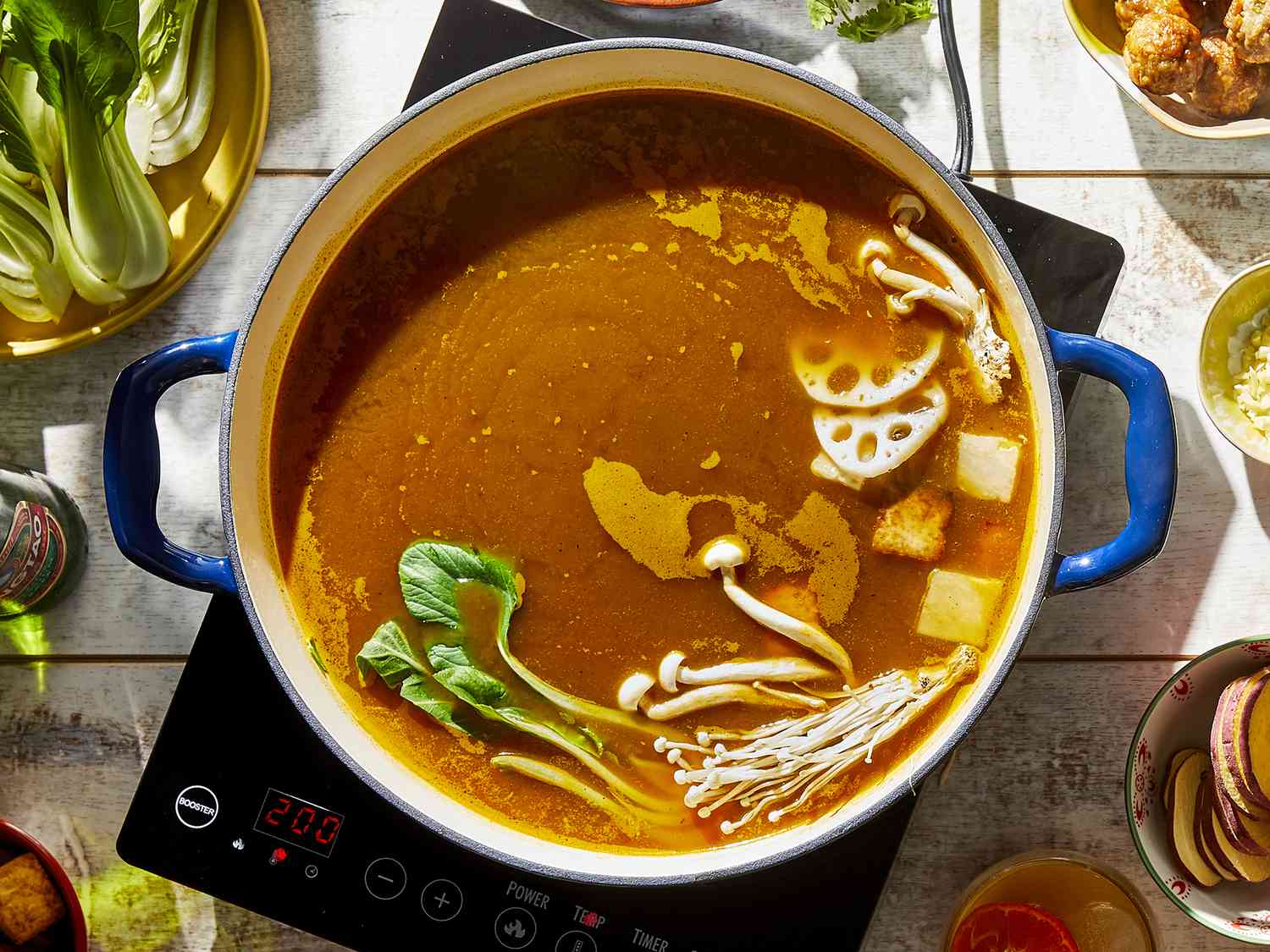Making your own stock is a culinary skill that elevates your cooking, infusing dishes with deep, rich flavors. Whether you’re making soups, stews, sauces, or risottos, a well-crafted stock is the foundation of countless recipes. Here’s a step-by-step guide on how to create a flavorful stock from scratch, including tips and variations for different types of stock.
1. Choose Your Base Ingredients
The key to a flavorful stock lies in the ingredients you choose. You can create stocks using various base ingredients, including:
- Chicken Stock: Use chicken bones (preferably with some meat still attached) and vegetables.
- Beef Stock: Use beef bones, such as shanks or oxtails, for a rich flavor.
- Vegetable Stock: A combination of vegetables, herbs, and spices makes for a delightful plant-based stock.
2. Gather Aromatics and Seasonings
Aromatic vegetables and herbs are essential for enhancing the flavor of your stock. Common ingredients include:
- Onions: Provide sweetness and depth. You can use whole, halved, or quartered onions.
- Carrots: Add natural sweetness and color.
- Celery: Offers a subtle earthiness.
- Garlic: Adds a robust flavor, usually whole or smashed.
- Herbs: Fresh herbs like thyme, parsley, and bay leaves work well. Dried herbs can also be used.
- Peppercorns: Whole black or white peppercorns add a gentle spice.
3. Roast for Enhanced Flavor (Optional)
For chicken or beef stock, roasting the bones before simmering can significantly enhance the flavor. Spread the bones on a baking sheet and roast in a preheated oven at 400°F (200°C) for about 30-40 minutes until they are browned. This step is optional for vegetable stock.
4. Combine Ingredients in a Pot
In a large stockpot, combine your bones (if using), aromatic vegetables, herbs, and seasonings. For vegetable stock, use a mix of the listed vegetables, and adjust quantities based on your preference. A typical ratio is:
- 1 onion
- 2 carrots
- 2 celery stalks
- 3-4 cloves of garlic
- Herbs and spices to taste
5. Add Water
Pour enough cold water into the pot to cover the ingredients by about an inch or so. The water should be around 4-6 quarts for a large stockpot. Avoid adding salt at this stage, as the stock will be used in other recipes that may have their own seasoning.
6. Simmer Slowly
Bring the pot to a gentle boil over medium heat, then reduce the heat to low and let it simmer. For chicken or vegetable stock, simmer for 1.5 to 2 hours. For beef stock, allow it to simmer for 4 to 6 hours to extract maximum flavor and richness. Skim off any foam or impurities that rise to the surface during the first hour of cooking.
7. Strain the Stock
Once the stock has finished simmering, remove it from the heat and allow it to cool slightly. Use a fine-mesh strainer or a cheesecloth to strain the stock into a clean pot or large bowl, discarding the solids. You can press down on the solids to extract more flavor, but avoid squeezing too hard to prevent cloudiness.
8. Cool and Store
Let the stock cool to room temperature. If you want to remove excess fat, refrigerate the stock for a few hours or overnight. The fat will solidify on the surface, making it easy to skim off. Store the stock in airtight containers in the refrigerator for up to a week or freeze it for several months. Ice cube trays are great for freezing small portions.
9. Use Your Stock
Your homemade stock can be used as a base for soups, sauces, risottos, and braises. It adds incredible depth of flavor to any dish, so don’t hesitate to use it in your cooking.
10. Experiment with Variations
Feel free to experiment with different ingredients and flavors to create your unique stock. You can add mushrooms for umami, tomatoes for acidity, or a splash of soy sauce for depth. For a Thai-inspired stock, incorporate lemongrass, ginger, and kaffir lime leaves.
Conclusion
Creating a flavorful stock from scratch is a rewarding process that enhances your cooking and minimizes food waste. By using quality ingredients and allowing the flavors to develop through slow simmering, you can craft a delicious stock that elevates your culinary creations. Once you master the basics, you’ll find endless opportunities to experiment with flavors and use stock in a variety of dishes. Enjoy your cooking adventure!



